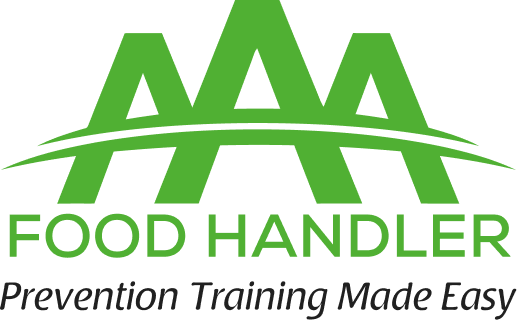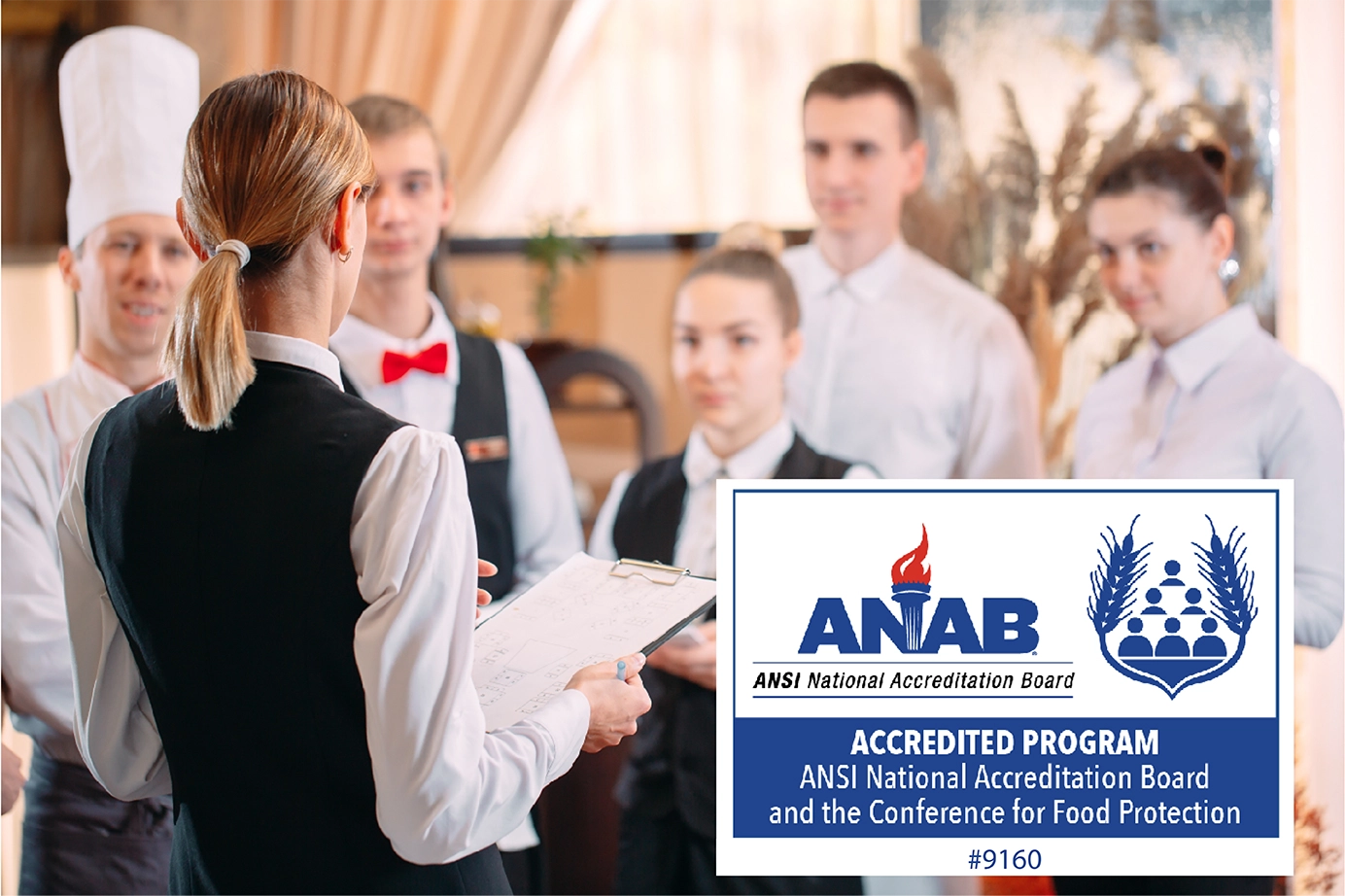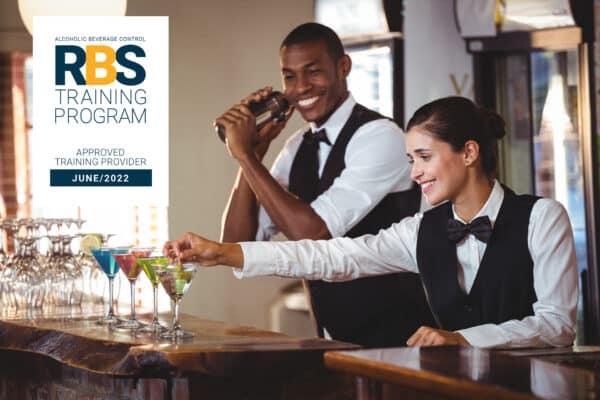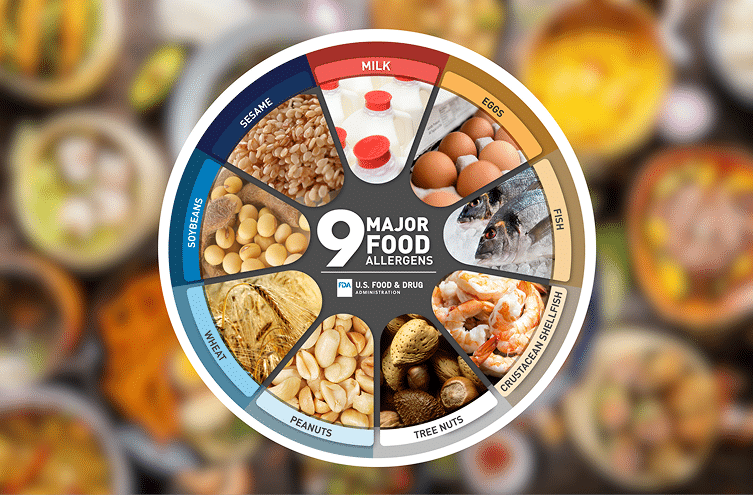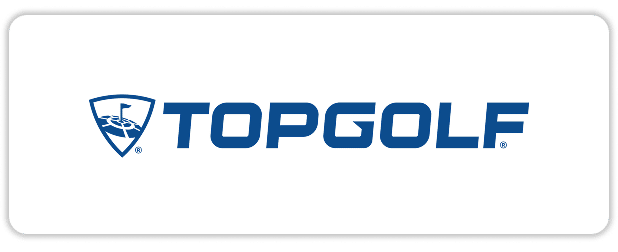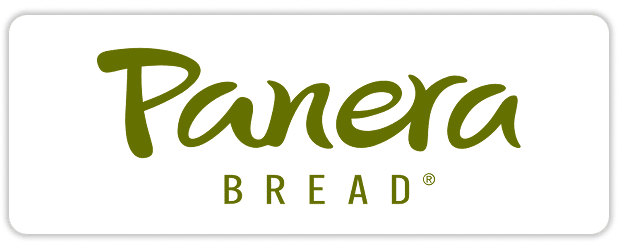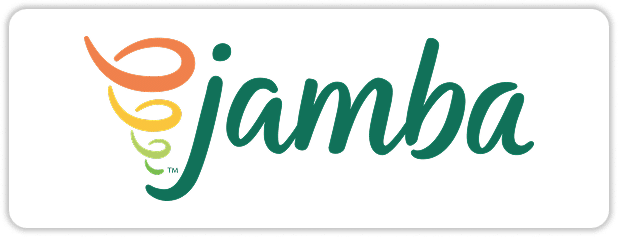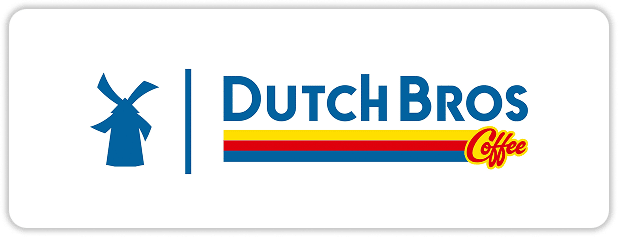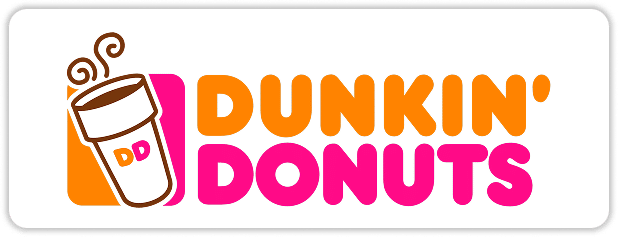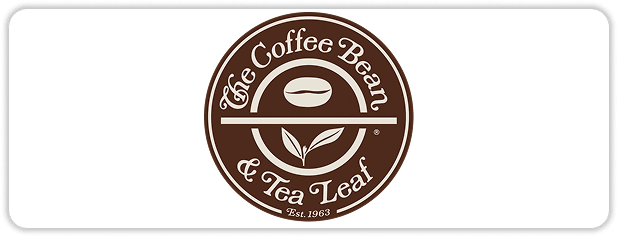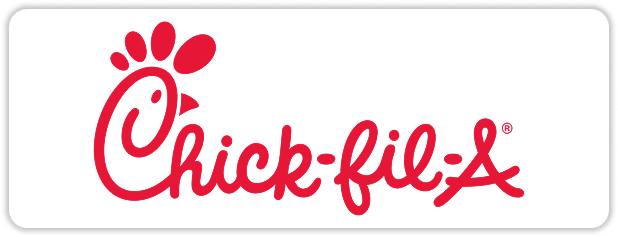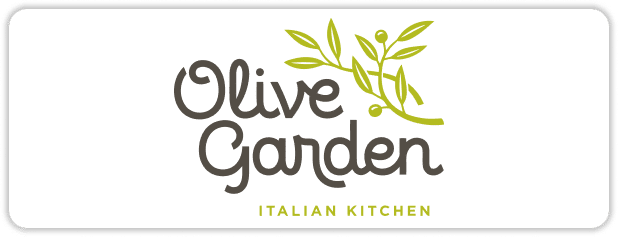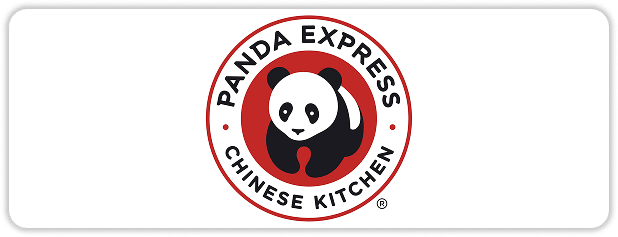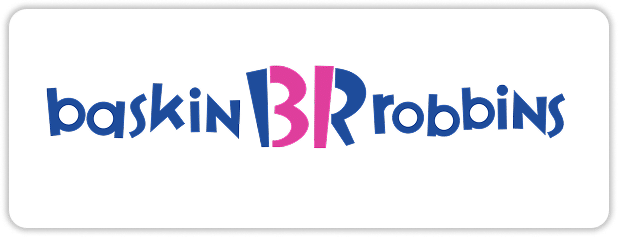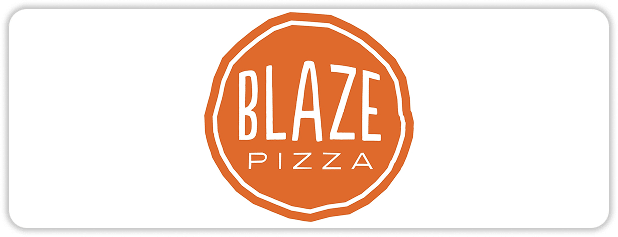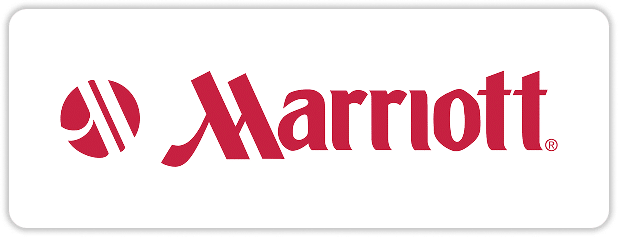
Food safety regulations: Tips & Tricks for Building a Profitable Restaurant Menu
A restaurant’s menu is more than just a list of food items—it’s one of the most critical sales tools. Studies show that the average customer spends only 109 seconds glancing at a menu before deciding what to order. That’s less than two minutes for your menu to make an impact! During this brief moment, customers scan and compare prices and read descriptions.
To make the most of those 109 seconds, crafting a concise, well-organized, and profit-driven menu is essential. Every dish and drink should not only delight your guests but also contribute to your restaurant’s bottom line. This is where menu engineering comes into play—a strategic approach to designing menus that boost profitability while guiding customer choices.
In this blog, we’ll dive into practical tips and tricks for building a profitable menu that works for both sit-down dining and delivery, all while keeping your customers’ experience at the forefront.
What is Menu Engineering?
What’s the Purpose of Menu Engineering?
The main goal of menu engineering is to maximize profitability by using data to optimize the menu. Restaurateurs can strategically highlight high-margin and popular dishes, adjust pricing, and streamline offerings to influence customer decisions. With a firm grasp on food costs and customer behavior, menu engineering can boost revenue while improving the dining experience.
What are the Benefits of Menu Engineering?
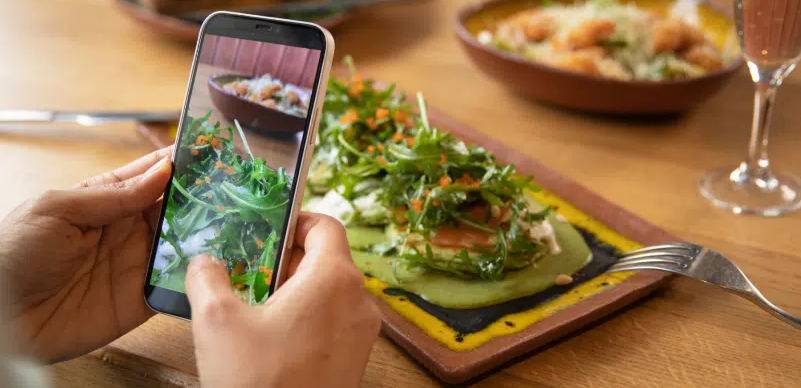
Maximize Profitability
Menu engineering identifies high-margin items and promotes them through strategic placement and compelling descriptions. This increases the likelihood that customers will choose profitable dishes, maximizing revenue per transaction.
Cost Management
By understanding the cost of each dish, restaurants can pinpoint items with low profit margins and adjust pricing or recipes to improve profitability. This helps maintain a healthy gross profit margin even as food costs fluctuate.
Improved Customer Experience
Streamlining the menu helps customers make quicker, more satisfying decisions. By showcasing popular and well-liked dishes, restaurants can reduce menu confusion and increase customer satisfaction.
Reduction of Food Waste
With a refined menu, restaurants can manage ingredients more efficiently, reducing the amount of unsold food. This not only cuts waste but also lowers food costs.
Innovation
Menu engineering encourages regular updates to the menu based on performance data, which leads to more opportunities for experimentation. Restaurants can introduce seasonal or innovative dishes while keeping their offerings fresh and exciting.
Drawbacks to Menu Engineering
Although menu engineering has many advantages, it’s not without challenges. Overemphasizing profitability can lead to reduced menu variety or compromise on quality, which could hurt customer satisfaction. Additionally, frequent menu changes may confuse regular diners. Striking the right balance between profitability and variety while maintaining customer trust is essential.
How to Engineer a Menu and Maximize Profits
Here’s a step-by-step guide to engineering a menu effectively:
- Choose a Time Period: Decide on the time frame for your analysis. Seasonal menus should align with seasonal changes, while more stable menus can be reviewed less frequently. Regular updates are essential to keep pace with fluctuating food costs.
- Cost Your Menu: Calculate food cost per serving and contribution margin for each menu item. Use these formulas:
- Food Cost per Serving: Total cost of ingredients per serving.
- Contribution Margin: Sales price – Food cost per serving.
- For instance, if a hamburger costs $3.65 to make and sells for $14.40, its contribution margin is $10.75.
- Categorize Menu Items Based on Profit and Popularity: Use a menu matrix to categorize items into:
- Plowhorses: Popular but low-profit items. Improve profitability by adjusting prices or portion sizes.
- Stars: High-profit and high-popularity items. Promote and feature prominently.
- Puzzles: High-profit but low-popularity items. Experiment with promotions or adjustments to increase appeal.
- Duds: Low-profit and low-popularity items. Consider removing or reworking them.
- Redesign Your Menu: Use the insights from your menu matrix to craft a new menu layout. Incorporate both quantitative data and qualitative feedback from staff and customers to make informed decisions.
What is Menu Psychology?
Menu psychology studies how customers interact with menus and how menu design can guide their choices. Elements such as layout, colors, pricing, and even the way items are described can influence a customer’s decision to order specific dishes, potentially increasing sales of high-profit items.
Why Should Restaurants Leverage Menu Psychology?

Choose the Ideal Menu Configuration
Menu layout plays a crucial role in guiding customer choices. A two-panel menu is often the most effective, giving customers a sense of choice without overwhelming them. For larger menus, a three-panel design may be necessary, but simplicity often leads to better results.
Write Awesome Menu Descriptions
A well-written description can increase sales by up to 27%. Focus on vivid language, highlighting the origin, preparation, and texture of dishes without being verbose. A compelling story behind each dish enhances its appeal.
Emphasize Your Stars and Puzzles
Use eye magnets—like bold fonts, icons, or splashes of color—sparingly to spotlight your most profitable menu items. Overuse can dilute the impact, but a single graphic element per page can boost sales by up to 30%. Keep it simple to make sure your stars and puzzles shine.
Consider Eye Movement Patterns
Customers tend to focus on specific areas of a menu. Placing high-profit items in those key areas, such as the top right corner, can drive higher sales.
Beware of the Burden of Choice
Offering too many options can overwhelm customers. Keep your menu concise, and consider splitting large menus by meal type or daypart (breakfast, lunch, dinner) to streamline decision-making.
Train Your Staff
Train your staff to guide customers toward ordering high-profit items by making suggestions and highlighting daily specials. Servers are often the final influence on customer choices, so training them on your menu engineering goals is essential.
Measure Your New Menu’s Impact
After a month of your new menu being live, dive into your sales data to gauge its impact. Check if sales of high-margin items like puzzles and stars increased and if profits improved. Evaluate if food costs decreased and identify any trends. Based on these insights, adjust and refine your menu further. Remember, menu optimization is an ongoing process—track results meticulously to understand what resonates with your customers and continue evolving for better performance.
The Science Behind a Profitable Menu
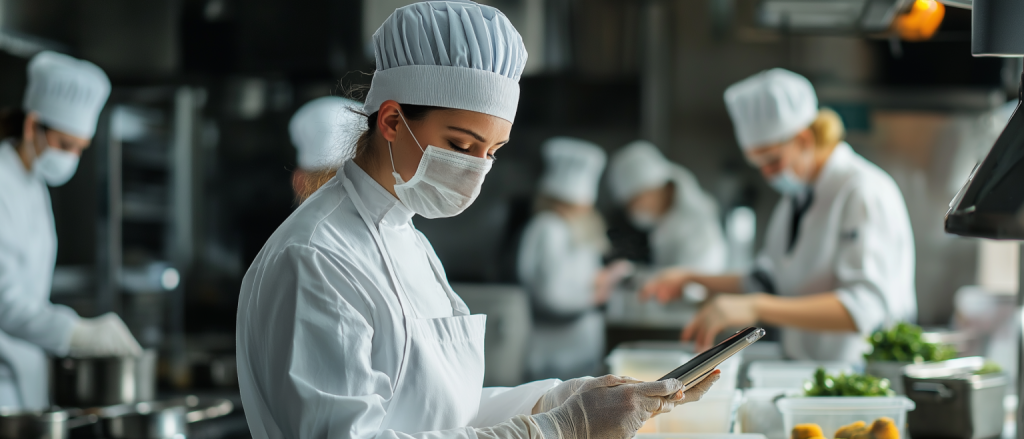
Menu engineering is both an art and a science. By selecting a timeframe, calculating costs, categorizing dishes, redesigning the layout, and measuring impact, you can create a menu that not only satisfies customers but also boosts profitability.
With over 35 years of experience in food handling, safety, and management, AAA Food Handler is dedicated to supporting restaurants in creating successful, profitable menus. For expert advice and cutting-edge solutions, reach out to us and let’s transform your menu into a revenue-generating machine.
Ready to optimize your menu? Contact us at AAA Food Handler for expert guidance and solutions tailored to your restaurant’s needs.
